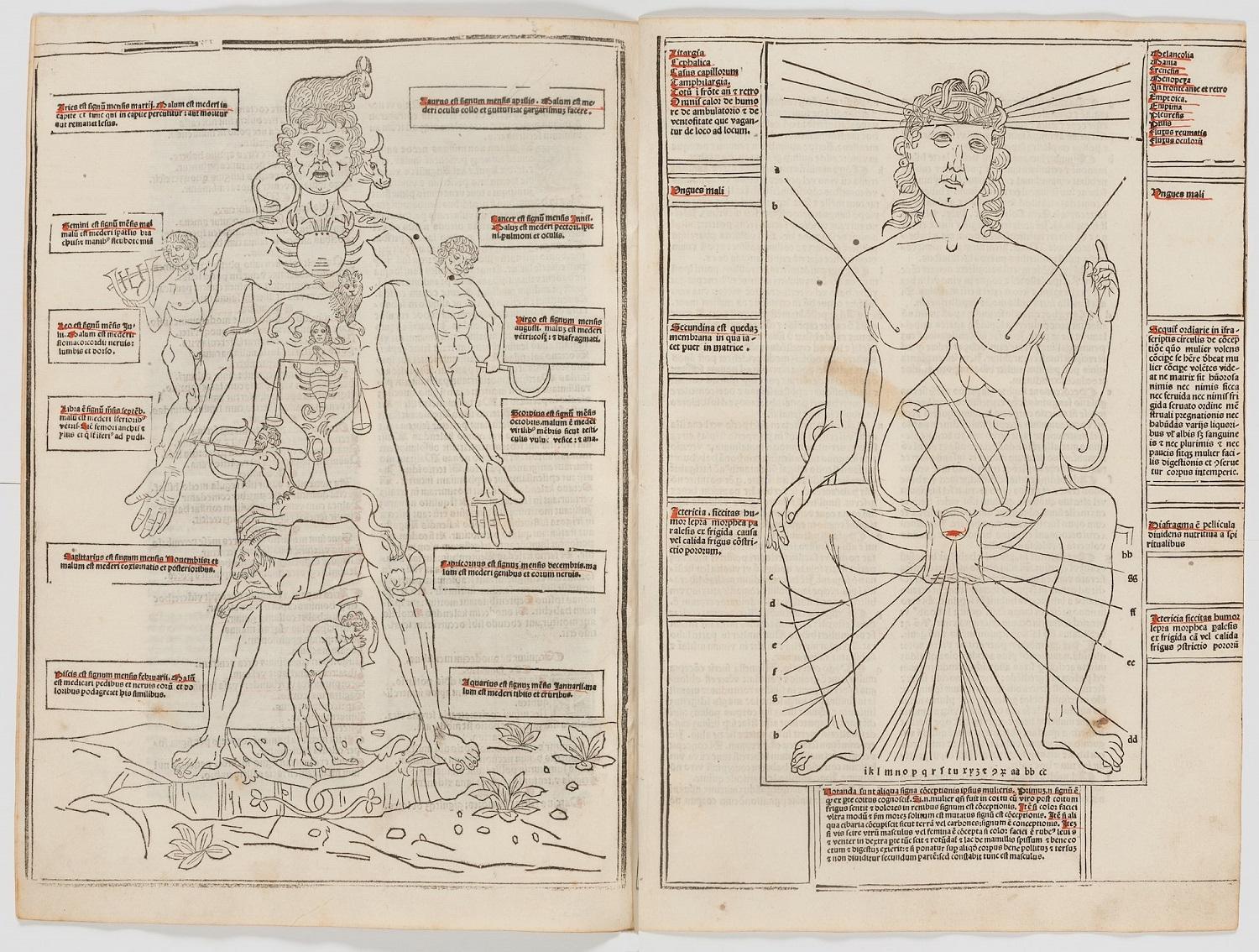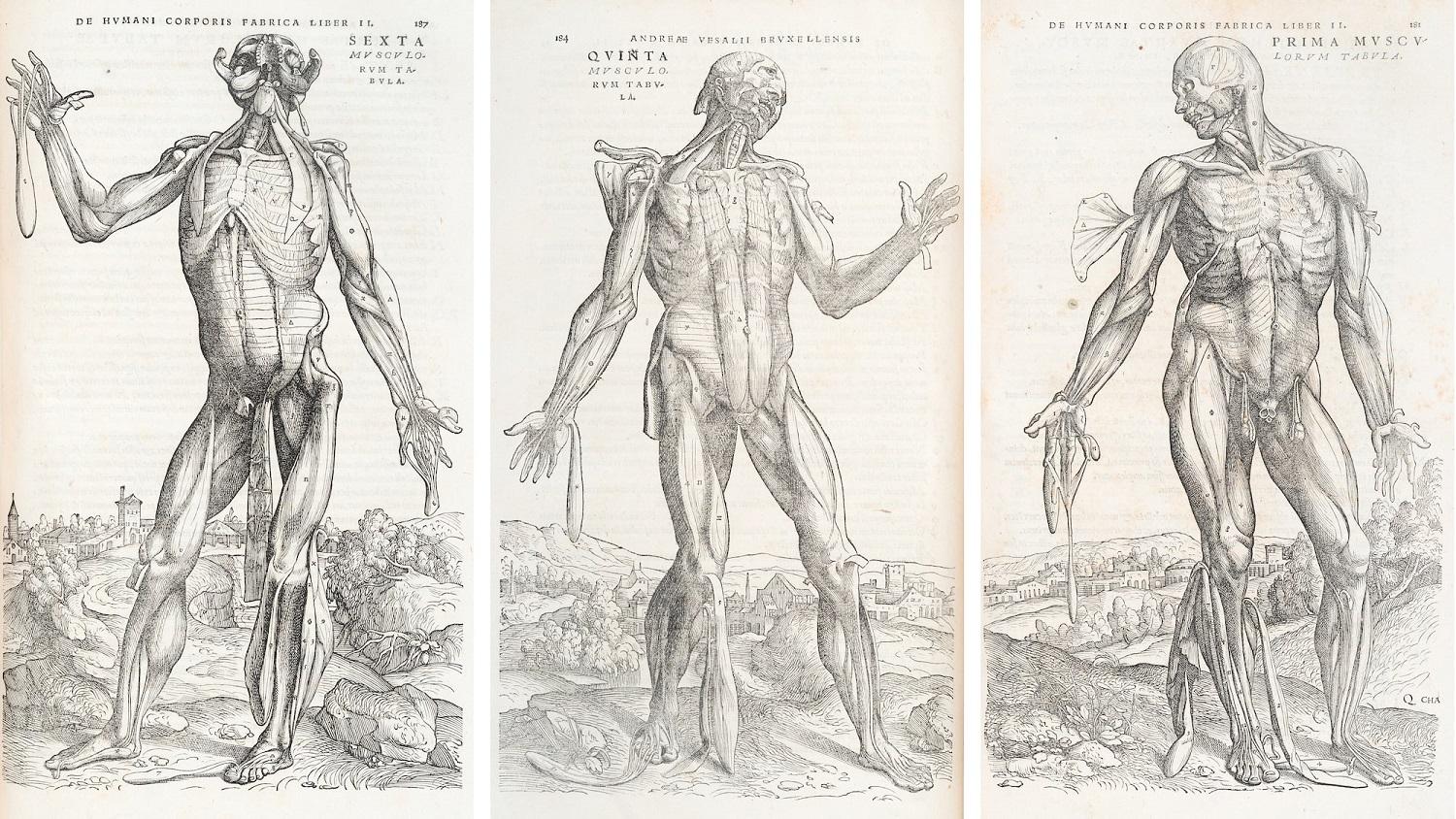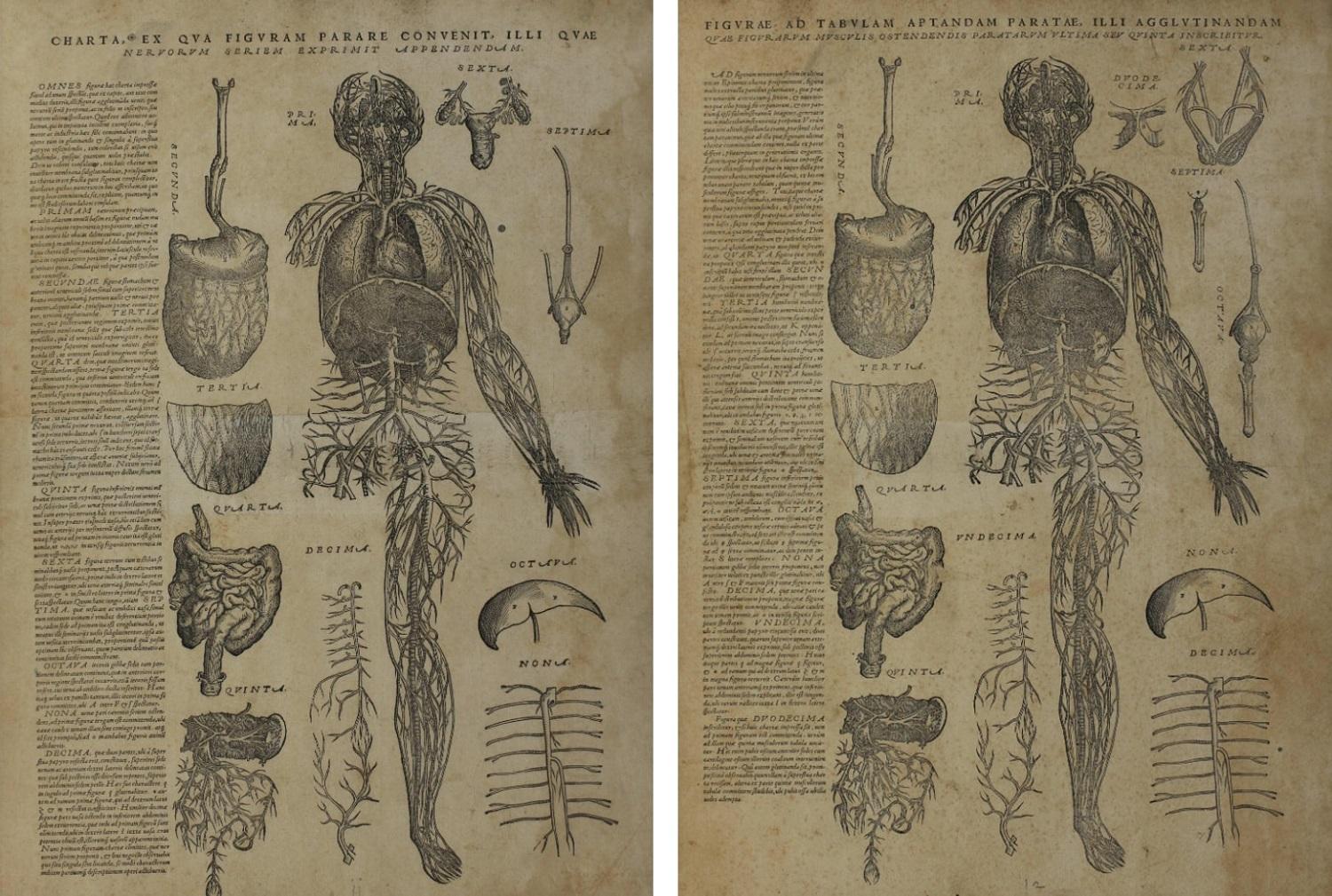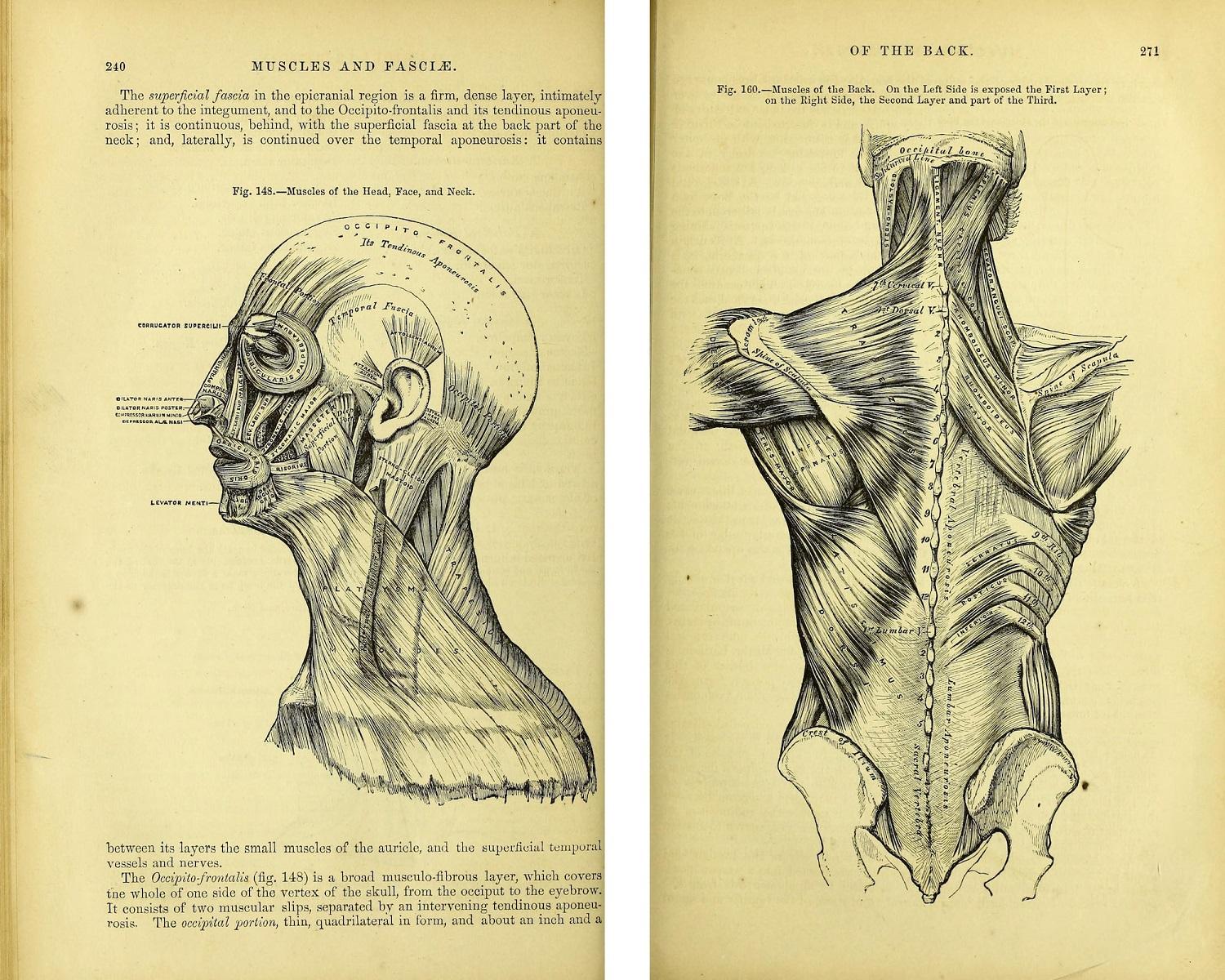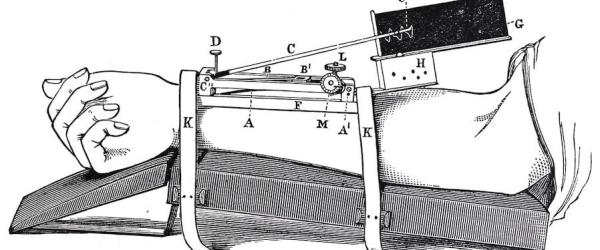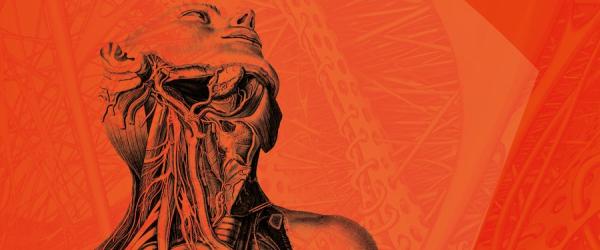Related pages
‘Curious anatomys’: an extraordinary story of dissection and discovery
Human remains, graphic models and detailed illustrations; the Royal College of Physicians’ (RCP) latest exhibition showcases some of the 494 year old organisation’s rarest and most fascinating exhibits.
Curious anatomy's: an extraordinary story of dissection and discovery
The Royal College of Physicians holds a rare set of six anatomical tables which are amongst the oldest surviving human tissue preparations in the world.
Royal College of Physicians, 11 St Andrews Place, Regents Park, NW1 4LE


